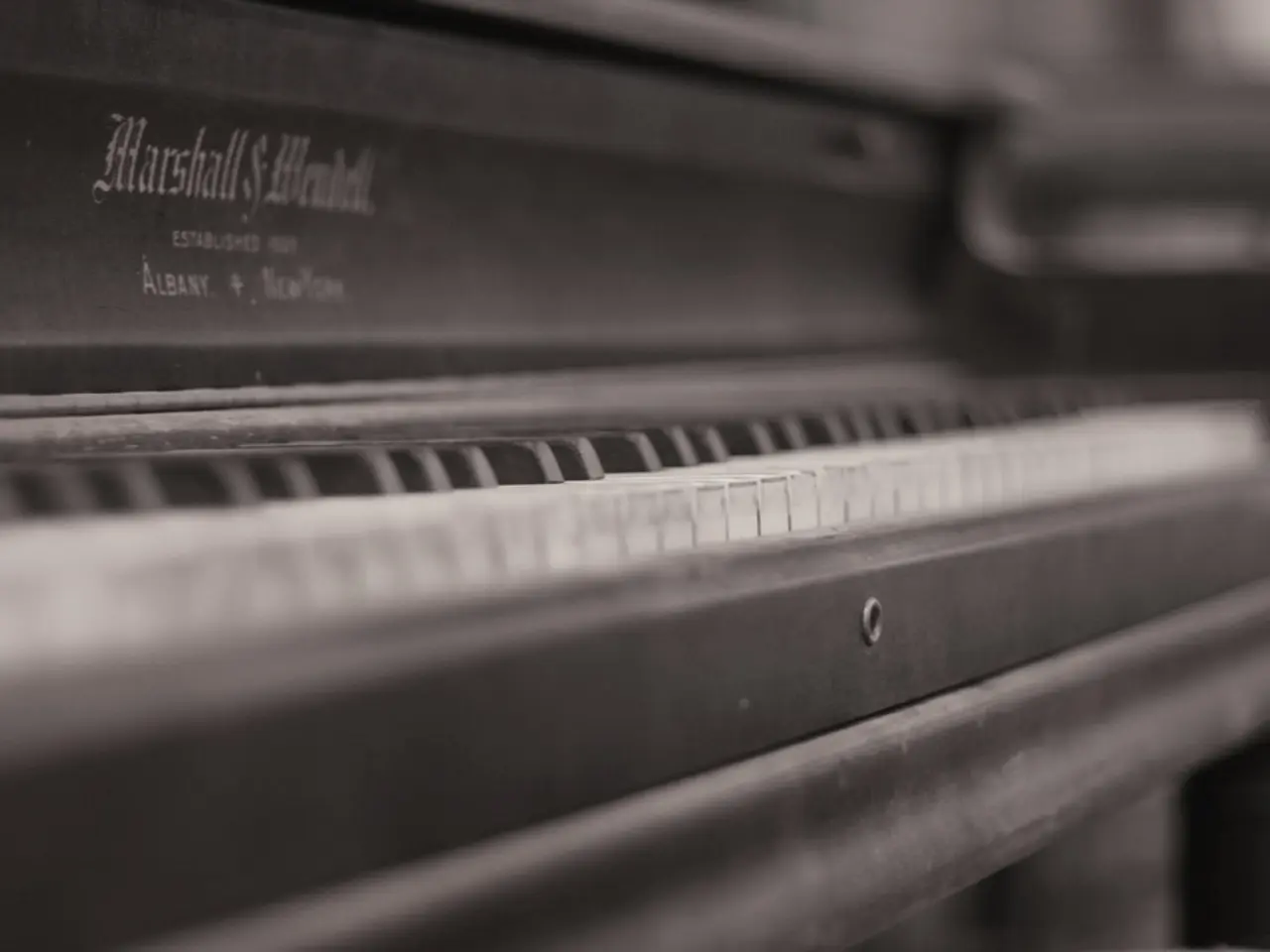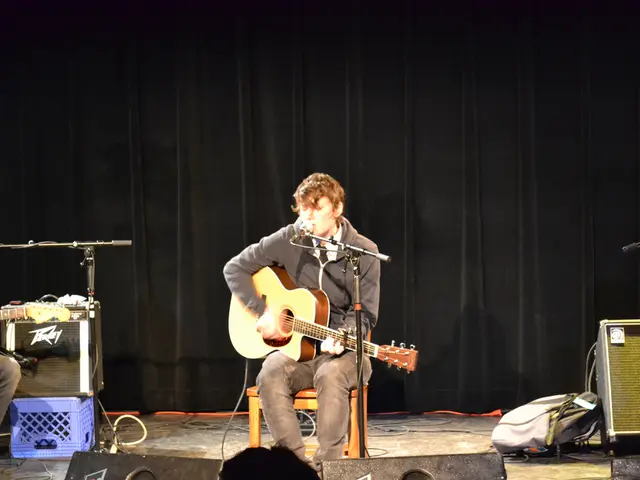Analysis of Haydn Sonata in A Flat Major (Hob. XVI:46), Focusing on the Second and Third Movements
Haydn's Piano Sonata Hob XVI 46, a masterpiece from the late 18th century, showcases the composer's mastery of classical sonata form. The sonata, consisting of three movements, demonstrates Haydn's ability to blend formal clarity with expressive and harmonic complexity.
The Second Movement (Andante)
The second movement, set in a slow tempo, follows the Sonata Form and presents a lyrical theme. The exposition introduces two contrasting themes, typically in the tonic key (A Flat Major) and a related key (often the Dominant, D Flat Major). The primary theme begins in the main key and transitions to A Flat Major at bar 9. The secondary theme, starting on the Dominant key, is presented from bars 13 to 28.
The development section, from bars 29 to 44, explores and modulates these themes through various keys, creating tension and elaboration. The recapitulation then restates the initial themes mostly in the tonic key, resolving harmonic tension and restoring formal balance, emphasizing clarity and melodic beauty characteristic of Haydn’s slow movements.
The Third Movement (Finale, Allegro)
The final movement also follows Sonata Form, but in a faster, more energetic tempo. The exposition introduces spirited, rhythmically driven themes in the tonic key (A Flat Major) and modulates towards dominant or other related keys for the secondary theme.
The development section, starting from bar 38, explores increased harmonic tension through adventurous modulations, fragmentation, and contrapuntal techniques, showcasing Haydn’s mastery of motivic transformation. From bar 138, there is a tonic pedal above which there are several chord changes stressing the subdominant.
The recapitulation returns the themes to the tonic key, providing resolution and closure with balanced harmonic structure and often a spirited coda. From bar 86, the recapitulation starts in A Flat Major, the main key.
Key Progressions
Key progressions in both movements usually move from tonic to dominant in the exposition, through varied keys in the development, and back to tonic in the recapitulation, adhering to classical sonata conventions while allowing expressive exploration within the development. The development and recapitulation roles are crucial: development modulates and elaborates, creating tension; recapitulation restores the main thematic material in the home key, establishing structural and harmonic resolution.
The third movement does not follow the conventional structure as the second and third movements are usually either Rondo forms or Ternary forms. However, it still successfully maintains the essence of Sonata Form.
This structure highlights Haydn’s skill in combining formal clarity with expressive and harmonic complexity, typical of his mature sonatas from the late 18th century. Direct detailed analyses specific to Hob. XVI/46's movements align with these general patterns observed in classical sonata form usage. Unfortunately, the current search results do not provide a detailed movement-by-movement breakdown, but this summary is consistent with Haydn’s compositional practices in his sonatas of this period.
- The compelling books on the life and works of Haydn detail his expertise in blending entertainment and music, particularly evident in his compositions like Haydn's Piano Sonata Hob XVI 46, where he masterfully integrates books of formal clarity with complex harmonic expressions.
- In the world of classical music, Haydn's compositions, such as his Piano Sonata Hob XVI 46, are renowned for their ability to skillfully meld the simplicity of books with the complexity of music, exemplified by the enthralling third movement's energetic themes in the sonata.








